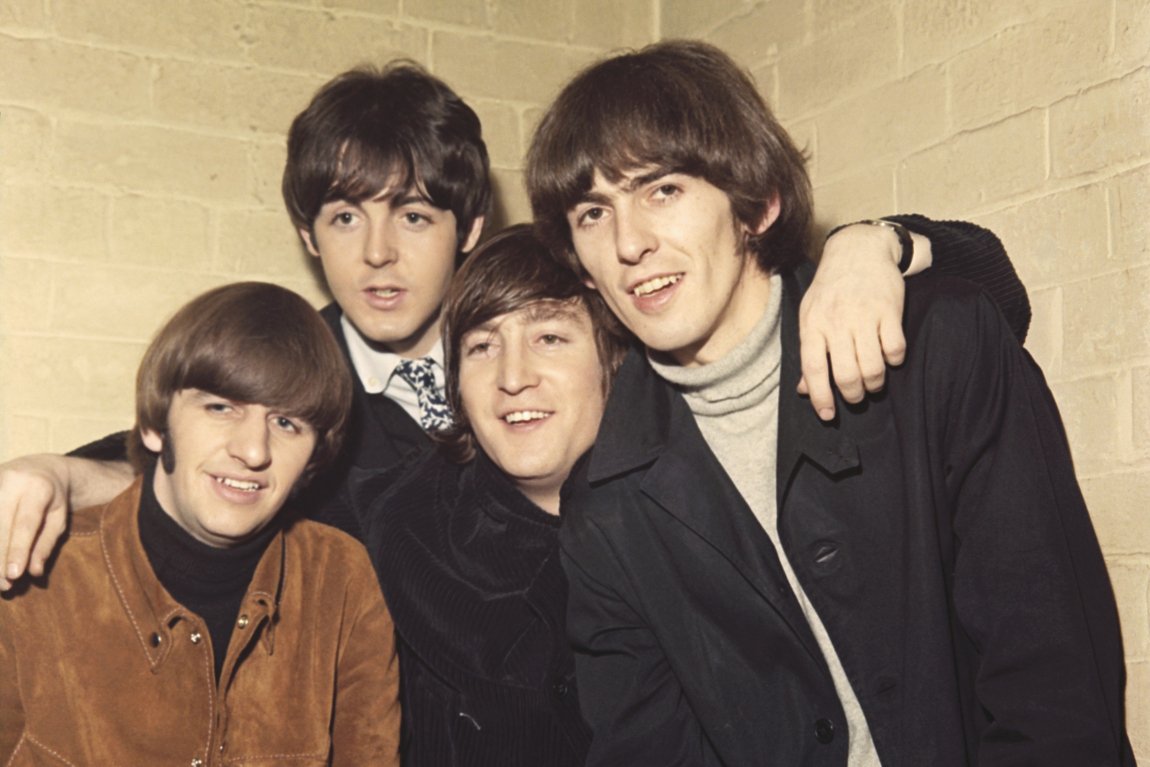
The National Trust, the caretaker of palaces and royal estates across the UK, also owns two seemingly nondescript houses in the suburbs of south Liverpool where John and Paul grew up. And if you only have time for one Beatles experience in Liverpool, make it the trust’s tour of the two.
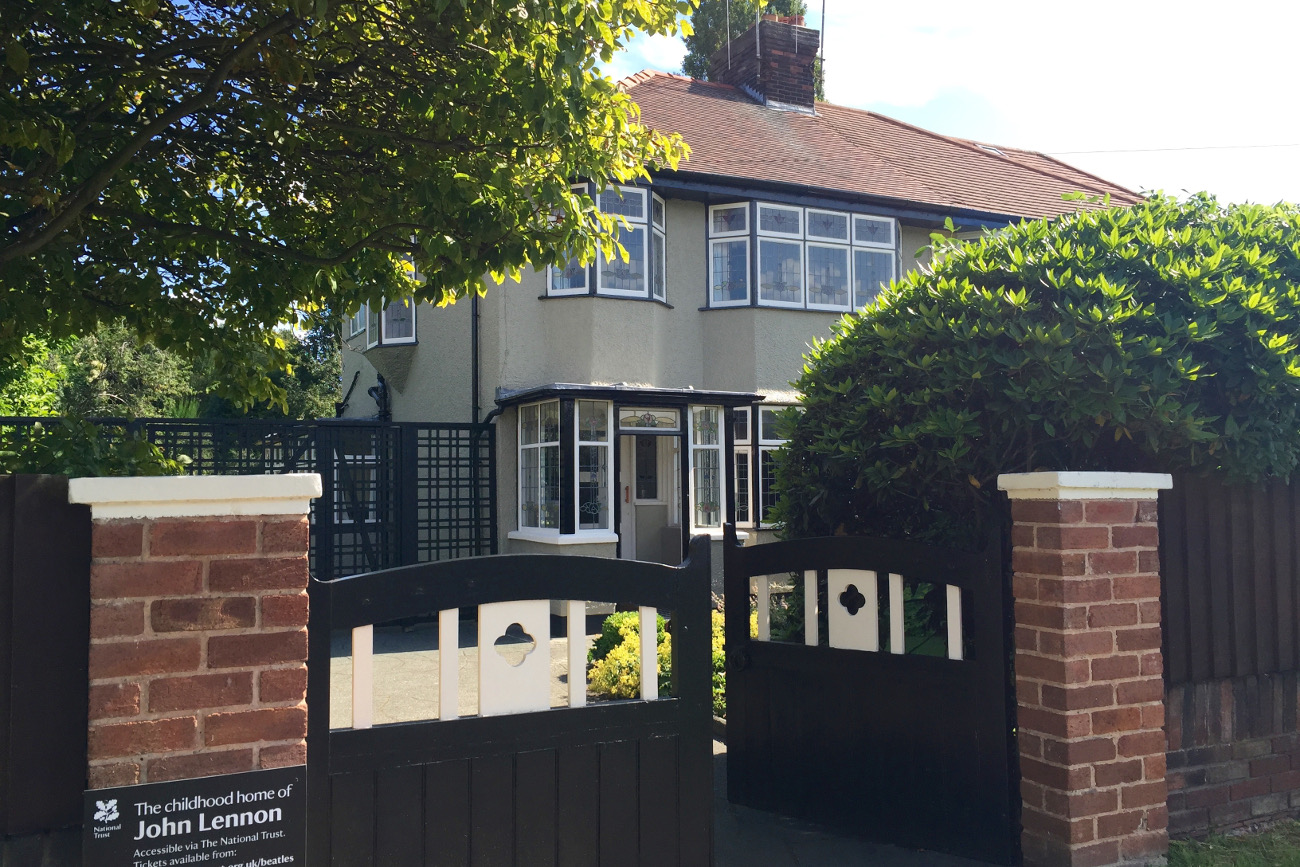
Yoko Ono bought Mendips, the elegant 1930s house at 251 Menlove Ave where John Lennon grew up, in 2002 and donated it to the trust. Stepping inside means entering a time capsule, painstakingly recreated from accounts of lodgers who used to live with the family. You’re transported back to John’s childhood with his Aunt Mimi and Uncle George. The tour guides passionately detail his tumultuous family and school life, after walking you through the back garden door, which is the only way Aunt Mimi allowed scruffy Paul McCartney in.
Don’t miss climbing up the creaking stairs to John’s cramped bedroom where he wrote his first songs or singing at the top of your lungs in the closed off front porch, where Mimi would relegate the boys to practice.
Paul McCartney’s childhood home is not far away, but is a world apart from Mendips. 20 Forthlin Rd is an austere brick-fronted house that was one of hundreds the local council built after World War II. John and Paul would often end up in the cosy living room when they skipped school to write and rehearse some of their earliest songs.
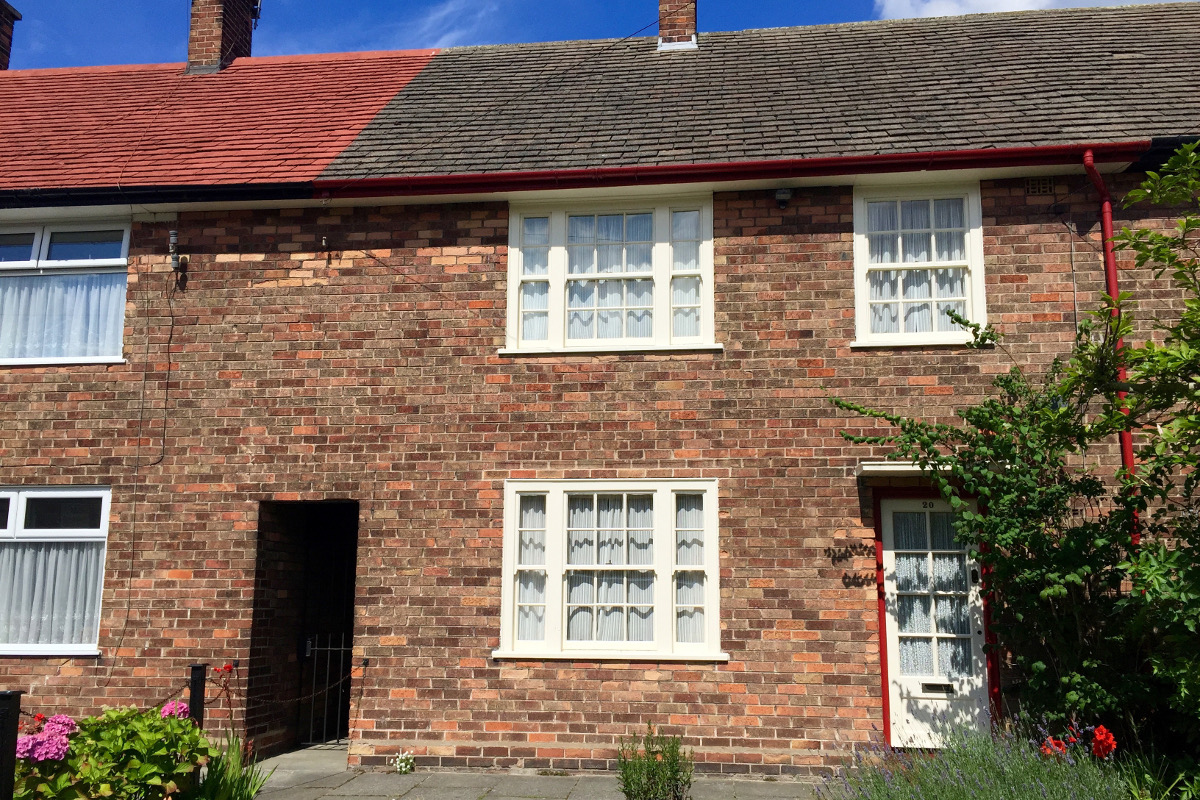
Taking the 2½-hour National Trust tour is the only way to see inside the two Beatles’ homes, and you must be picked up and dropped off at Jurys Inn at Albert Dock or at Speke Hall.
Spread across two sites near the River Mersey, the Beatles Story indulges visitors with a full-on history lesson. John Lennon’s sister Julia narrates the audio guide as you wander through a full-size recreation of the Cavern Club and the Abbey Road studio where the Beatles’ first singles were recorded. The bounty of Beatles memorabilia includes John’s famous round spectacles and George’s first guitar.
Above the Beatles Story’s Pier Head location, grab a quick drink and relax on the sunny roof terrace at Matou (matou.co.uk), overlooking the river.
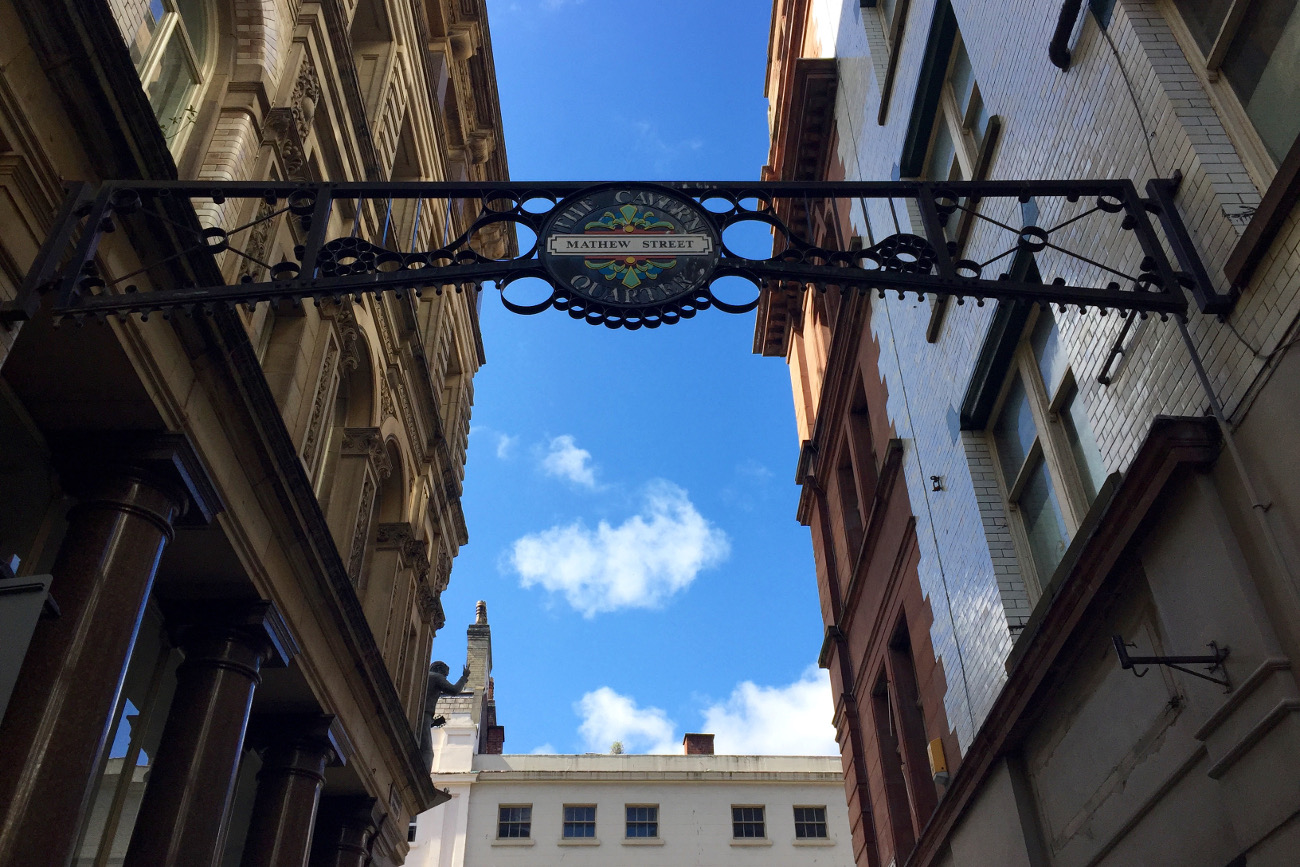
Mathew St, one of the most famous streets in pop music, is the spine of the Cavern Quarter, a small district filled with shops, bars and pubs that really gets going after dark. A statue of John Lennon casually leans against a wall outside the reconstructed Cavern Club. The Beatles played the original venue nearly 300 times, but that wasn’t enough to save it from demolition in the 1970s to make way for a railway ventilation shaft that was ultimately never built. In addition to a range of local talent, the still dark and intimate Cavern Club hosts a Beatles tribute band that dons their mop-tops and rocks out every Saturday night.
For a quieter drink, stop off at Bar Four, the lounge at the Hard Days Night Hotel just off Mathew St, to sup some Beatles-themed cocktails, such as Daq in the USSR and Honey Can’t Buy Me Love.
Liverpool almost lost a piece of Beatles history forever when the local council decided to demolish and redevelop an area called Welsh Streets, 2 miles southeast of Albert Dock. After public protest, Ringo’s childhood home at 9 Madryn St was spared, but walking through these eerily quiet streets still feels post-apocalyptic. Almost all of the houses are abandoned and covered over with daunting metal grates. Beatles fans and the graffiti they leave behind are the only signs of life.
On the outside, Ringo’s house looks similar to Paul’s, but today it’s worth only a measly £525. The whole derelict Welsh Streets area sits in stark contrast to the more genteel neighbourhoods you’re escorted through with the National Trust.
All these years later, ‘the shelter in the middle of the roundabout’ on Penny Lane is still there, and you can catch a bus here from the city centre 3.5 miles away, just as the Beatles did when Penny Lane was a major terminus. Snap a picture of the famous street sign before walking to George Harrison’s childhood home a mile away. You can wind your way down the narrow side streets, barely big enough for two cars, to see where George lived until age 6. This homely, bright red ‘two-up two-down’ terraced house at 12 Arnold Grove is still a private residence.
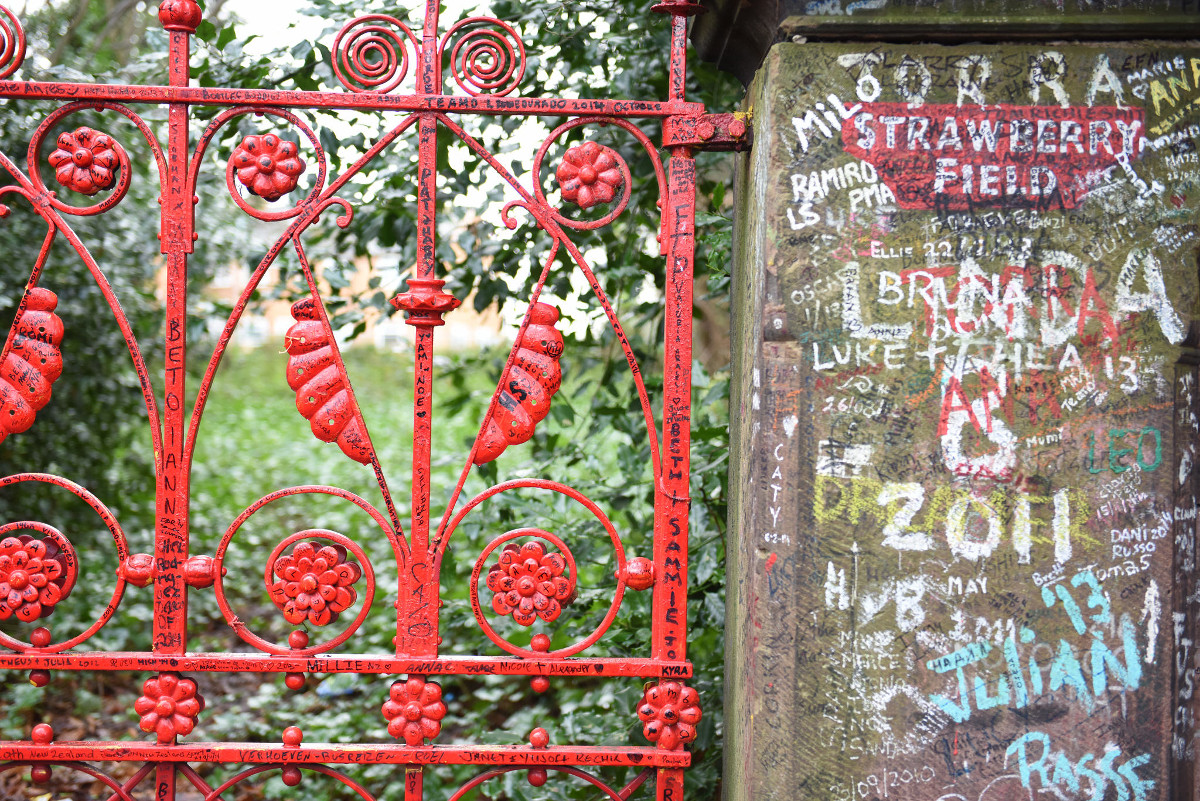
Make a quick stop at Strawberry Field, an old Salvation Army children’s home about 6 miles southeast of central Liverpool, to see the bright red, graffiti-covered gates. It’s surreal to imagine a young John Lennon playing in the woods behind these gates, as we’re just around the corner from Aunt Mimi’s house at Mendips. Although Strawberry Field is currently inaccessible beyond the gate, there are plans to develop the site as a museum.
Continue on Menlove Ave and stroll by Mendips or remember the Quarrymen, the band that evolved into the Beatles, on Quarry St, heading for St Peter’s Church. The most important meeting in pop music happened in these pristinely kept church grounds, when John first met Paul at a school fete. But the churchyard has even more Beatles connections: a woman named Eleanor Rigby is buried here, as well as John’s uncle George, who he lived with at Mendips.
To tackle all these sights, set aside a couple of days. John and Paul’s childhood homes and the Beatles Story are the most obvious attractions and could be done in a day. The Beatles grew up outside the city centre: if you don't have a car, hire a bike from Liverpool’s CityBike scheme (citybikeliverpool.co.uk) or use local bus 76, which runs from Albert Dock past Penny Lane, Mendips and St Peter’s Church.